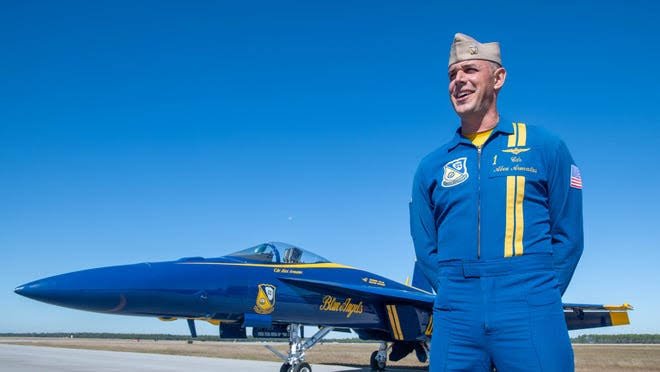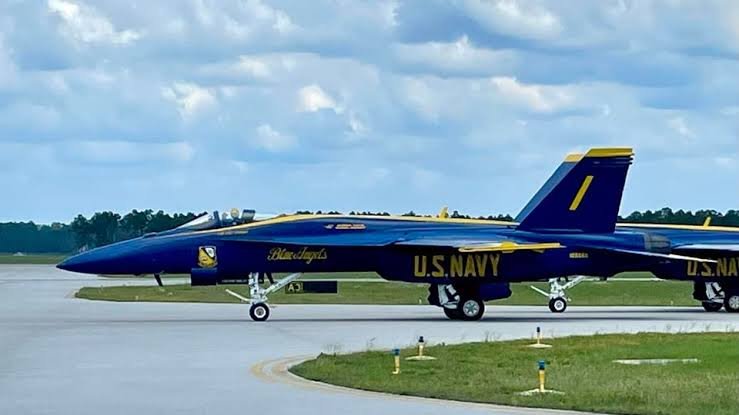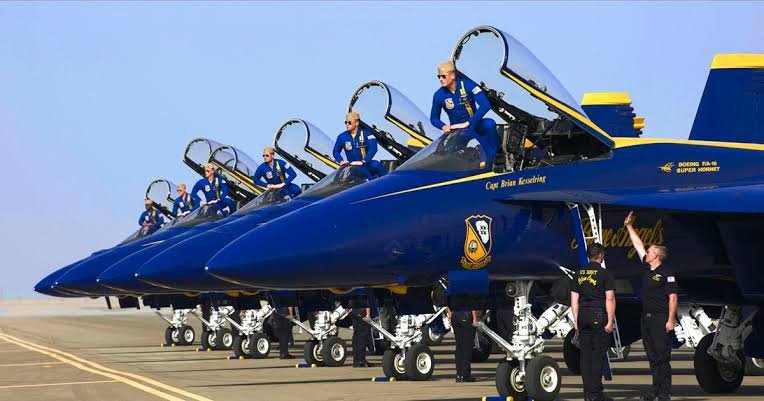
Ever Wondered How to Become a Blue Angels Pilot or Support Staff? Here’s Your Answer
Becoming a Blue Angels pilot or part of their esteemed support staff is a dream for many aviation enthusiasts and military personnel alike. The Blue Angels, the U.S. Navy’s flight demonstration squadron, represent the pinnacle of precision flying and teamwork. Here’s a comprehensive guide on how to join this elite team.
The Path to Becoming a Blue Angels Pilot
1. Basic Requirements:
To be considered for the Blue Angels, pilots must first be active-duty aviators in the U.S. Navy or Marine Corps. Prospective candidates usually have accumulated at least 1,250 tactical jet flight hours and have completed an operational fleet tour.
2. Application Process:
The application process is rigorous and selective. Each year, the Blue Angels typically select three tactical jet pilots, two support officers, and one Marine Corps C-130 pilot. Applicants need to submit a detailed application package, which includes their flight log, letters of recommendation, and a personal statement explaining their desire to join the Blue Angels.
3. Selection:
The selection process includes thorough interviews and evaluations. Current Blue Angels members play a significant role in choosing new team members, ensuring that those selected not only possess exceptional flying skills but also fit well within the team’s dynamics. Teamwork, communication skills, and the ability to perform under pressure are critical qualities.
4. Training:
Once selected, new pilots undergo intensive training at Naval Air Facility El Centro in California. This training, which starts in November and continues through March, involves countless hours of flying in close formation at high speeds, perfecting maneuvers that will be performed during the air show season.
Becoming Blue Angels Support Staff
1. Roles and Responsibilities:
The Blue Angels’ success is equally reliant on its dedicated support staff, which includes maintainers, technical crew, and administrative personnel. These roles are critical in ensuring the aircraft are in peak condition and the shows run smoothly.
2. Eligibility and Selection:
Support staff are typically drawn from the Navy’s enlisted ranks. To be considered, candidates must have a solid service record and demonstrate exceptional technical skills and professionalism. Like pilots, support staff undergo a rigorous selection process that includes evaluations of their technical expertise and their ability to work as part of a high-performance team.
3. Training and Integration:
New support staff members undergo specialized training to familiarize themselves with the specific demands of the Blue Angels’ operations. This includes learning about the unique maintenance requirements of the Blue Angels’ F/A-18 Hornets and the C-130J “Fat Albert.”
Life as a Blue Angel
Serving with the Blue Angels is both demanding and rewarding. The team performs at over 30 locations across the United States each year, showcasing their skills to millions of spectators. The role requires significant travel and long hours, but it also offers the chance to represent the Navy and Marine Corps, inspire future generations, and perform at the highest level of precision flying.
Conclusion
The journey to becoming a Blue Angels pilot or support staff is challenging and requires dedication, skill, and a passion for excellence. For those who succeed, it is a prestigious honor that offers the opportunity to be part of a legendary team, performing and maintaining some of the most breathtaking aerial displays in the world. If you have ever dreamed of joining the Blue Angels, the path is clear but demanding, requiring the utmost commitment to the principles of professionalism, teamwork, and excellence.


